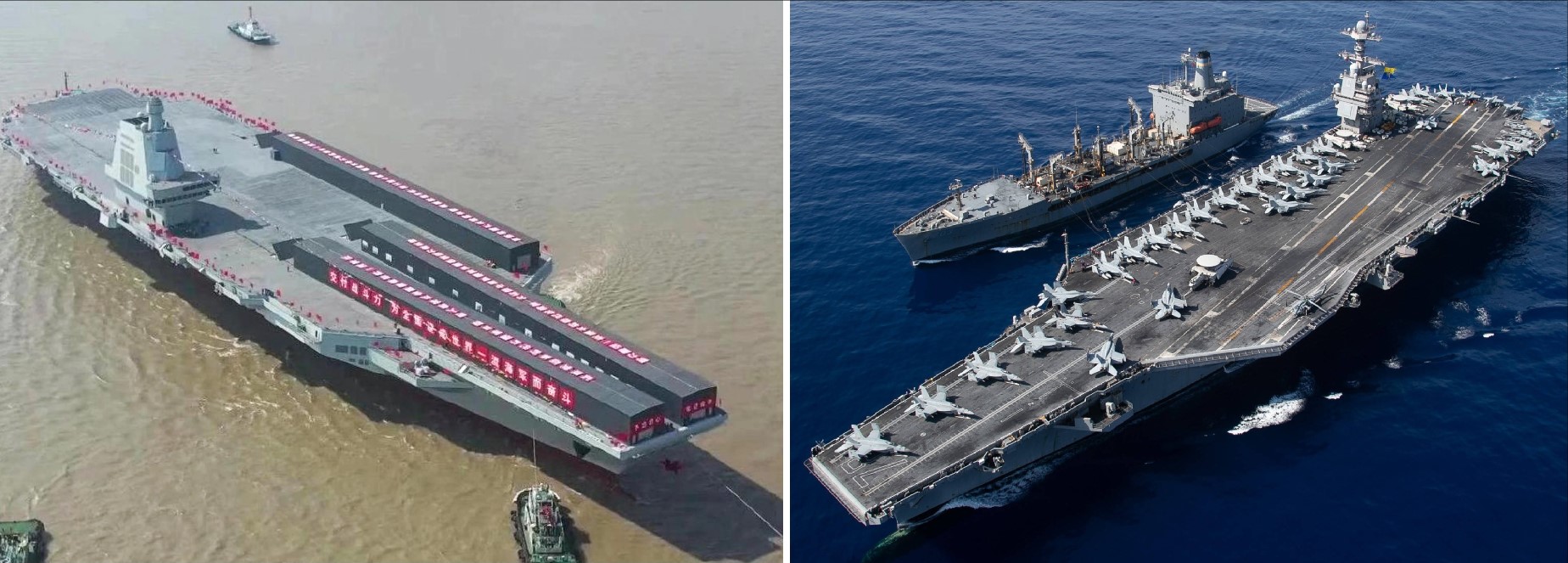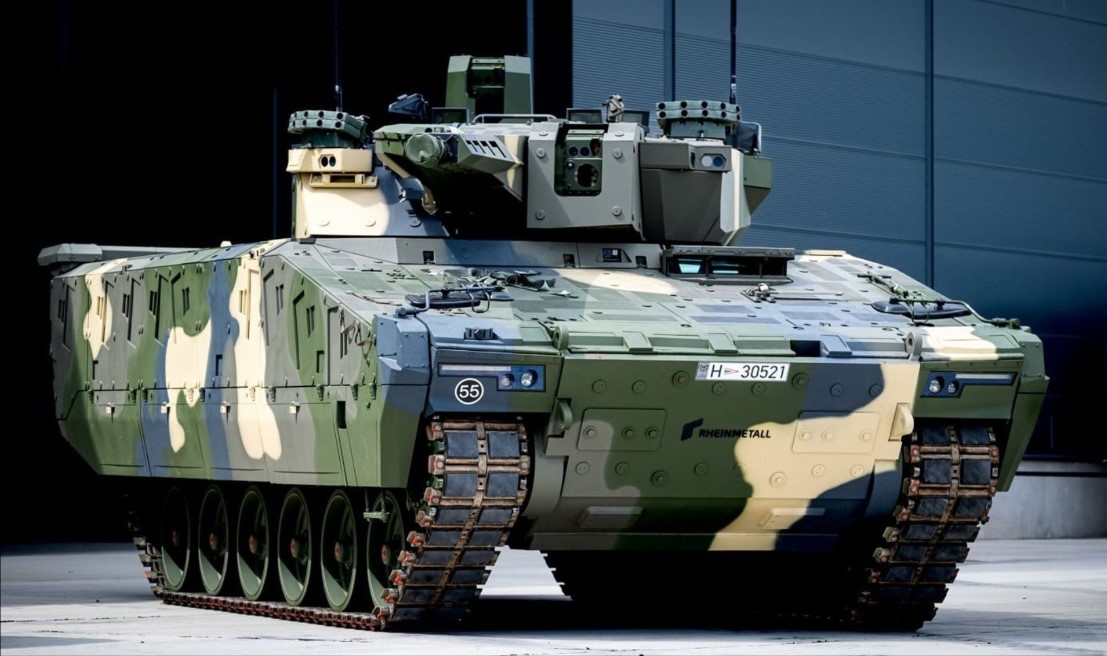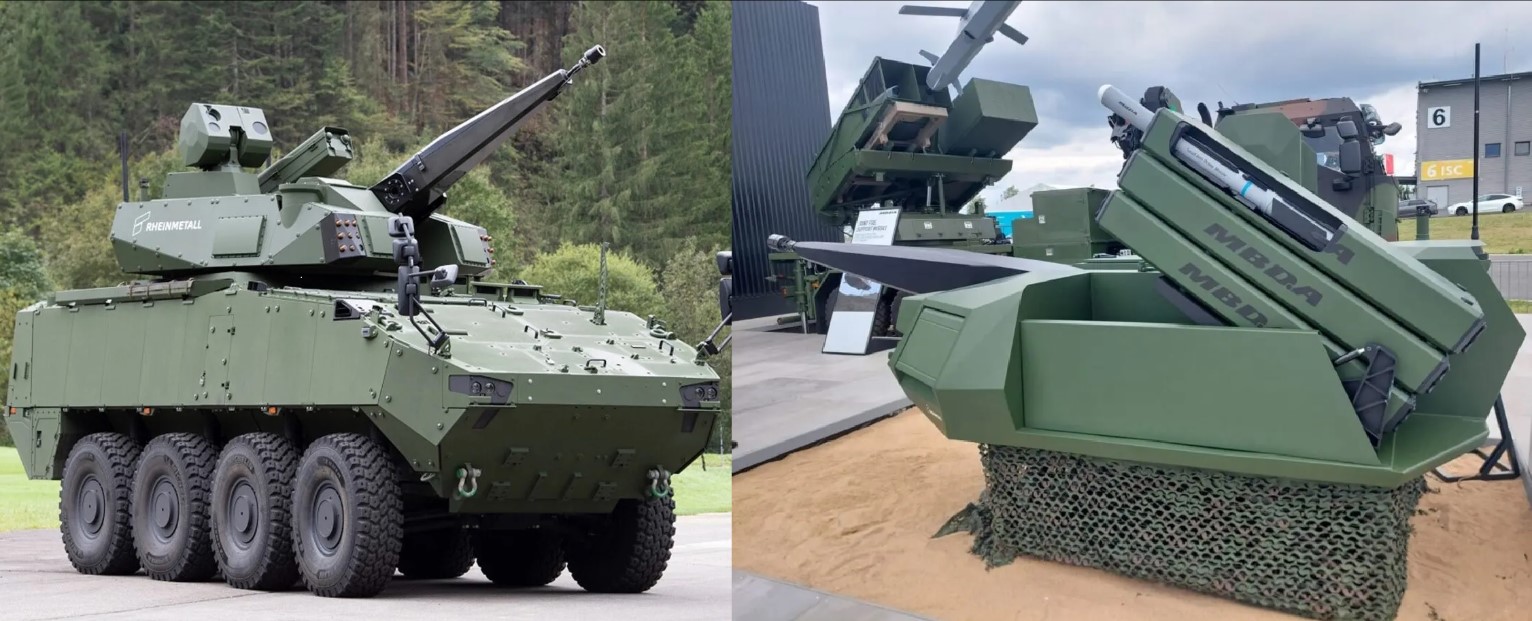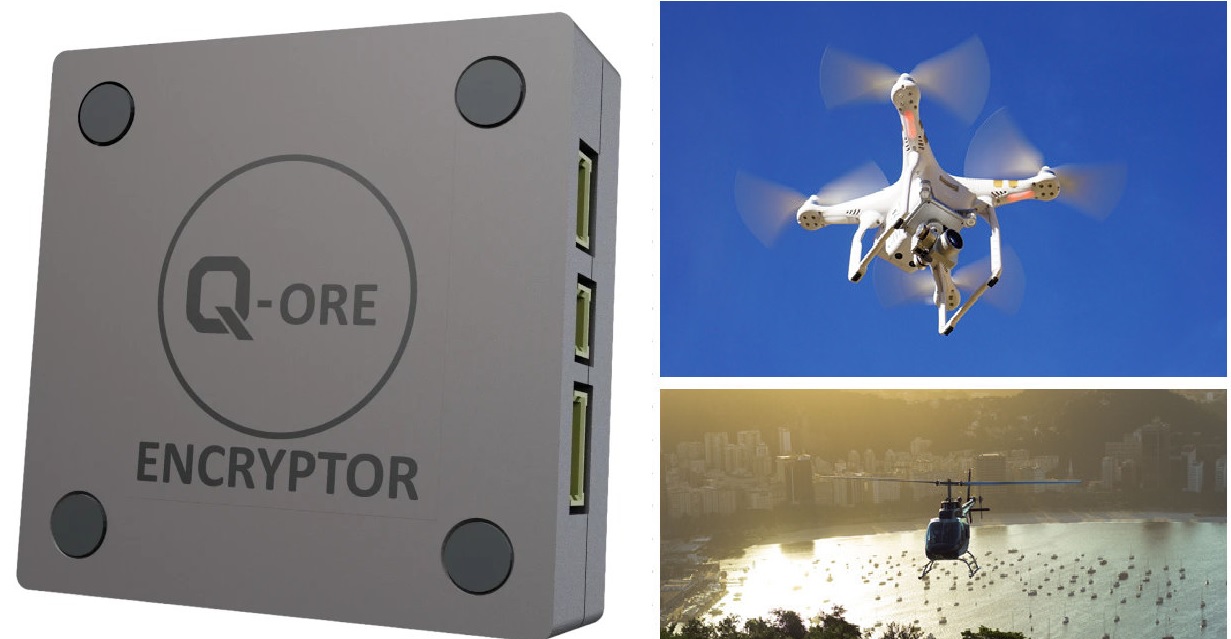Rolls-Royce Offers Complete IP Transfer for AMCA Engine

In a groundbreaking move poised to transform India's defense capabilities, Rolls-Royce has proposed a full transfer of intellectual property (IP) rights for the development of the engine for India's Advanced Medium Combat Aircraft (AMCA). This proposal represents a significant shift from traditional defense partnerships, where technology and knowledge are often shared selectively. Instead, Rolls-Royce is offering India complete ownership of the technology, a step that could empower the country to achieve unprecedented levels of self-reliance in aero-engine development.
The Details of Rolls-Royce's Offer
Alex Zino, the company's Executive Vice President for Future Programs, emphasized the importance of this partnership, noting that Rolls-Royce is fully committed to collaborating with Indian entities in designing and developing the AMCA's engine. The proposed collaboration goes beyond the typical production or licensing agreements; it involves a comprehensive transfer of knowledge, allowing Indian engineers and scientists to gain deep insights into the design, manufacturing, and operational aspects of advanced aero-engines.
This offer is not just about creating an engine; it's about fostering an ecosystem where India can develop, produce, and potentially export advanced aero-engines. The collaboration would involve working closely with India’s Defence Research and Development Organisation (DRDO) to ensure that the capabilities developed are fully transferred to India. The potential for setting up manufacturing units in India, geared towards both national security and future exports, is also a key component of the proposal.
Technical Specifications and Potential Impact
While specific details of the engine design have not been fully disclosed, the collaboration would likely focus on creating an engine that matches or exceeds the performance of current fifth-generation fighter jet engines. The AMCA, being developed as a stealth multirole fighter, would require an engine capable of delivering high thrust, supercruise capabilities, and advanced thermal management systems. Rolls-Royce’s experience in developing engines like the EJ200, used in the Eurofighter Typhoon, positions them as a strong partner in this endeavor.
If realized, this collaboration could have far-reaching implications for India’s aerospace industry. By acquiring full IP rights, India would not only be able to produce engines domestically but also modify and upgrade them independently, a critical advantage in maintaining a cutting-edge defense capability. Additionally, the knowledge and experience gained from this partnership could propel India into the ranks of global aerospace leaders, with the potential to export engines and related technologies.
A Strategic Shift
This proposal from Rolls-Royce signals a strategic shift in how defense partnerships are structured, moving towards more equitable collaborations that prioritize knowledge transfer and local capability development. For India, this could mean a significant reduction in dependence on foreign suppliers and an increase in the indigenous content of its defense equipment, aligning perfectly with the country’s ‘Make in India’ initiative.
In summary, Rolls-Royce’s offer to fully transfer IP rights for the AMCA engine represents a landmark opportunity for India to advance its aerospace capabilities. Should this collaboration come to fruition, it would not only enhance the capabilities of the Indian Air Force but also establish India as a formidable player in the global aerospace industry.
✍️ This article is written by the team of The Defense News.






